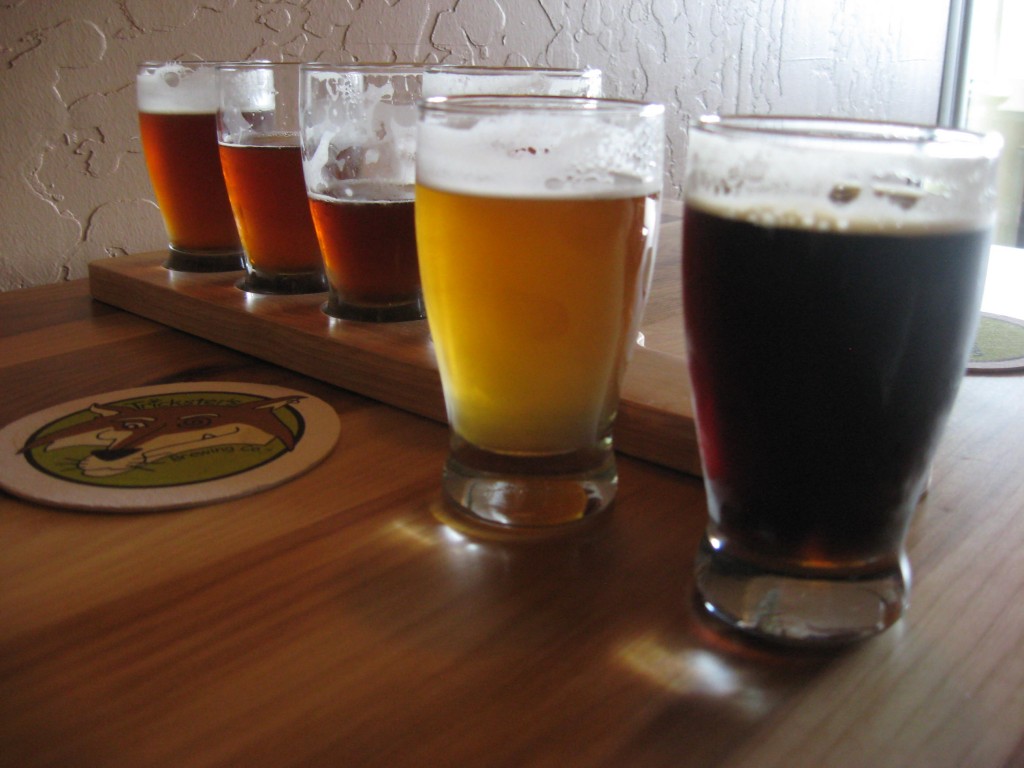
Beer wouldn’t be possible without the fabulous fungus that is yeast, which converts sugars into alcohol through fermentation. Scientists from the University of California-Berkeley have figured out how to make the microbe do double duty and add hoppy flavors to a lab-made pale ale that didn’t include any actual hops in the recipe.
Two (presumably beer-loving) scientists first isolated the various oils naturally produced by hops, the flowers of the Humulus lupulus plant, which gives hoppy beer its bitter flavor. Then, they sought out other plants that naturally produce these same oils, and isolated the genes responsible. Once those genes were isolated, the scientists used them to genetically modify the DNA of brewer’s yeast so that the fungi would produce the same bitter oils. After a number of trial brews, they found that genes from a mint and basil worked best when spliced into a strain of brewer’s yeast.
Want to read more? Please click…

 The Brewers Association, publishers of CraftBeer.com and the trade organization to protect and promote small brewers, has released itsÂ
The Brewers Association, publishers of CraftBeer.com and the trade organization to protect and promote small brewers, has released its 



 This year, on that mid-February weekend that’s been, well, illuminated for the past four years, I just could…not…do it.
This year, on that mid-February weekend that’s been, well, illuminated for the past four years, I just could…not…do it.

 A little background: Lemondrop is a new variety of hops, from the estimable Hopsteiner of Yakima, a lab that hybrids and propagates little miracles like this with the same casual brilliance that Mozart displayed in writing music. Of his musical gift, Wolfgang once said, “I write music as a sow piddles.”
A little background: Lemondrop is a new variety of hops, from the estimable Hopsteiner of Yakima, a lab that hybrids and propagates little miracles like this with the same casual brilliance that Mozart displayed in writing music. Of his musical gift, Wolfgang once said, “I write music as a sow piddles.”

 In Greek mythology, the Olympians were said to drink ambrosia, which bestowed upon them immortality. Occasionally, athletic heroes like Heracles were also gifted a sip. But the myths don’t say much about the golden-amber liquid getting them all drunk.
In Greek mythology, the Olympians were said to drink ambrosia, which bestowed upon them immortality. Occasionally, athletic heroes like Heracles were also gifted a sip. But the myths don’t say much about the golden-amber liquid getting them all drunk.
You must be logged in to post a comment.